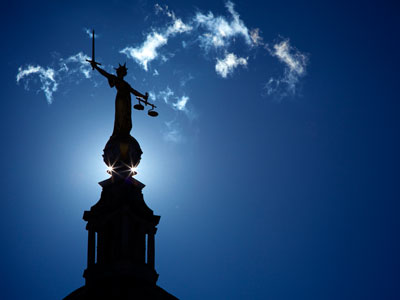
The High Court has confirmed the existence of a tort of knowingly inducing and procuring a person to act in wrongful violation of rights under a judgment.
The claimant had obtained a judgment against the companies. The defendant, who was said to be the companies' beneficial owner and controller, allegedly removed the assets from the companies so that they would be unable to pay the judgment debt. The court held that such acts constituted a tort as contended by the claimant.
The court considered that the defendant's acts also constituted unlawful means for the purposes of the tort of intentionally causing loss by unlawful means. Such a tort was not barred by the rule against reflective loss, in the circumstances of this case.
The court was therefore satisfied that the claims were made in tort so as to engage Practice Direction 6B.3.1(9), and rejected the defendant's jurisdiction challenge.
The alleged asset-stripping in this case occurred between judgment and the obtaining of a post-judgment freezing order, after which such actions would clearly have been wrongful. The decision indicates that deliberately dissipating a judgment debtor's assets can give rise to a cause of action in any event. This may assist judgment enforcement in some cases. Nevertheless, the case merely confirms there is a good argument for such a claim, and the extent of the principle remains unclear. Of course a claimant who has obtained a freezing order at an earlier stage may not need to resort to this course of action. (Marex Financial Ltd v Sevilleja Garcia [2017] EWHC 918 (Comm).)
To ensure you do not miss out on similar articles and legal updates, please subscribe up to our newsletter.

